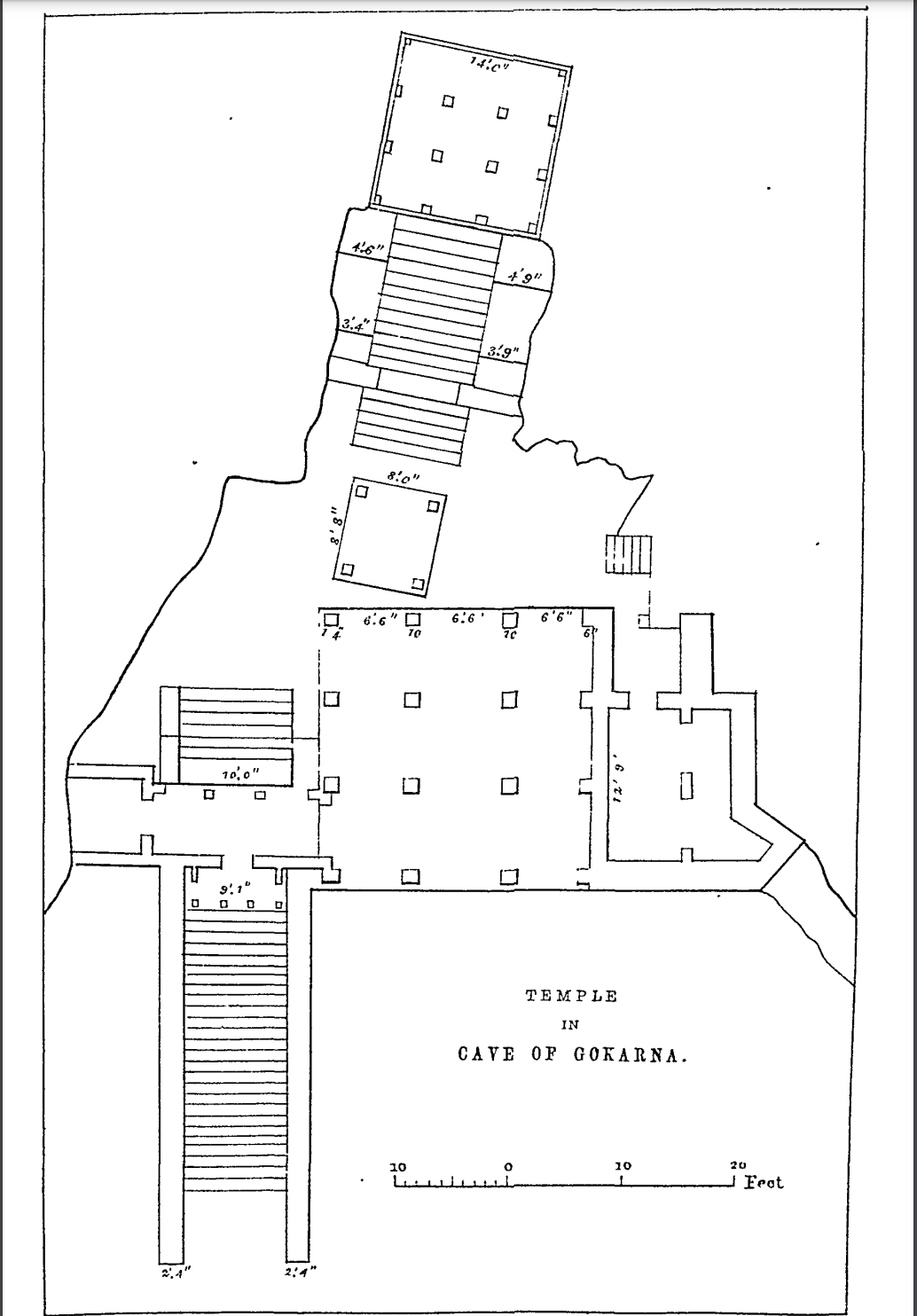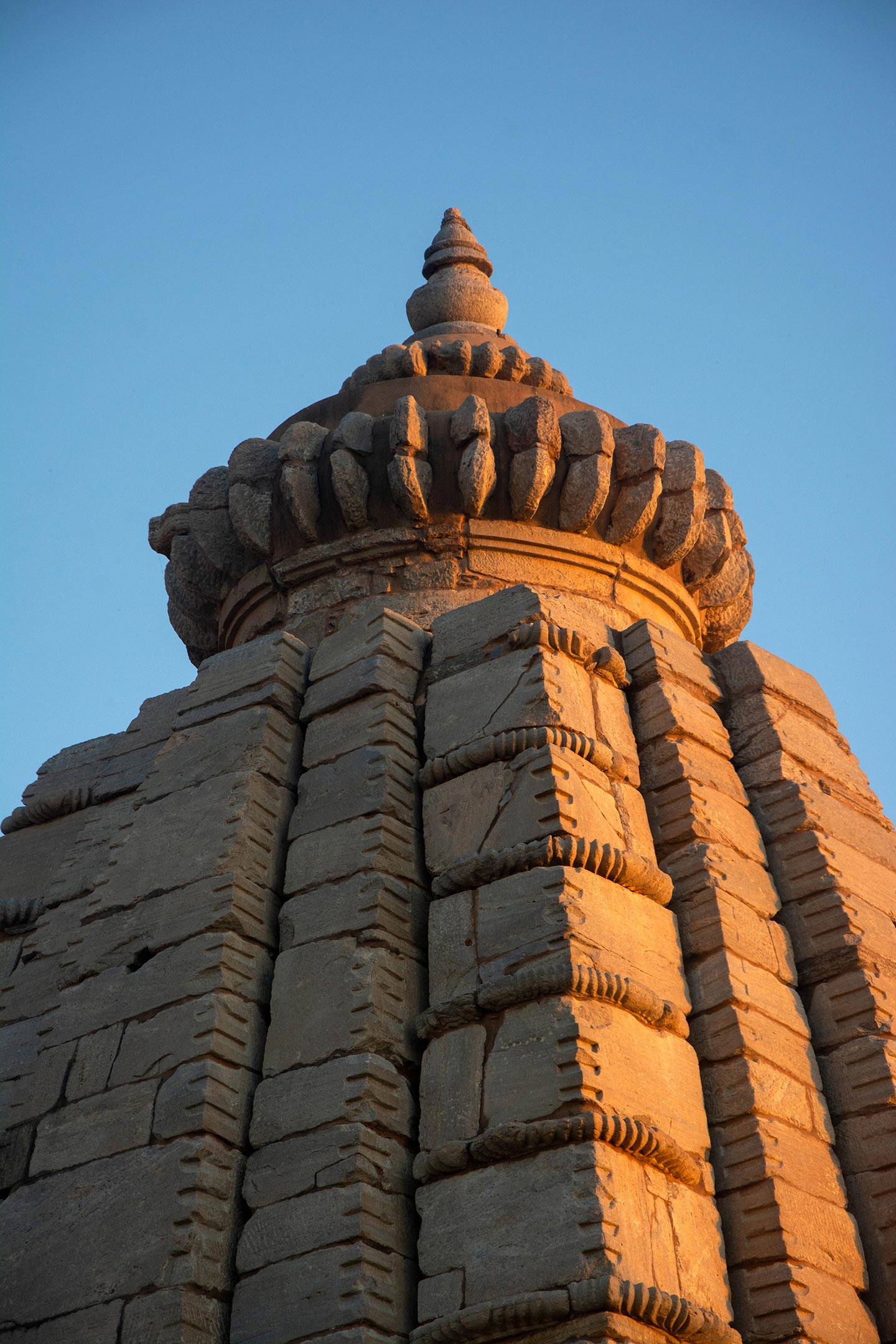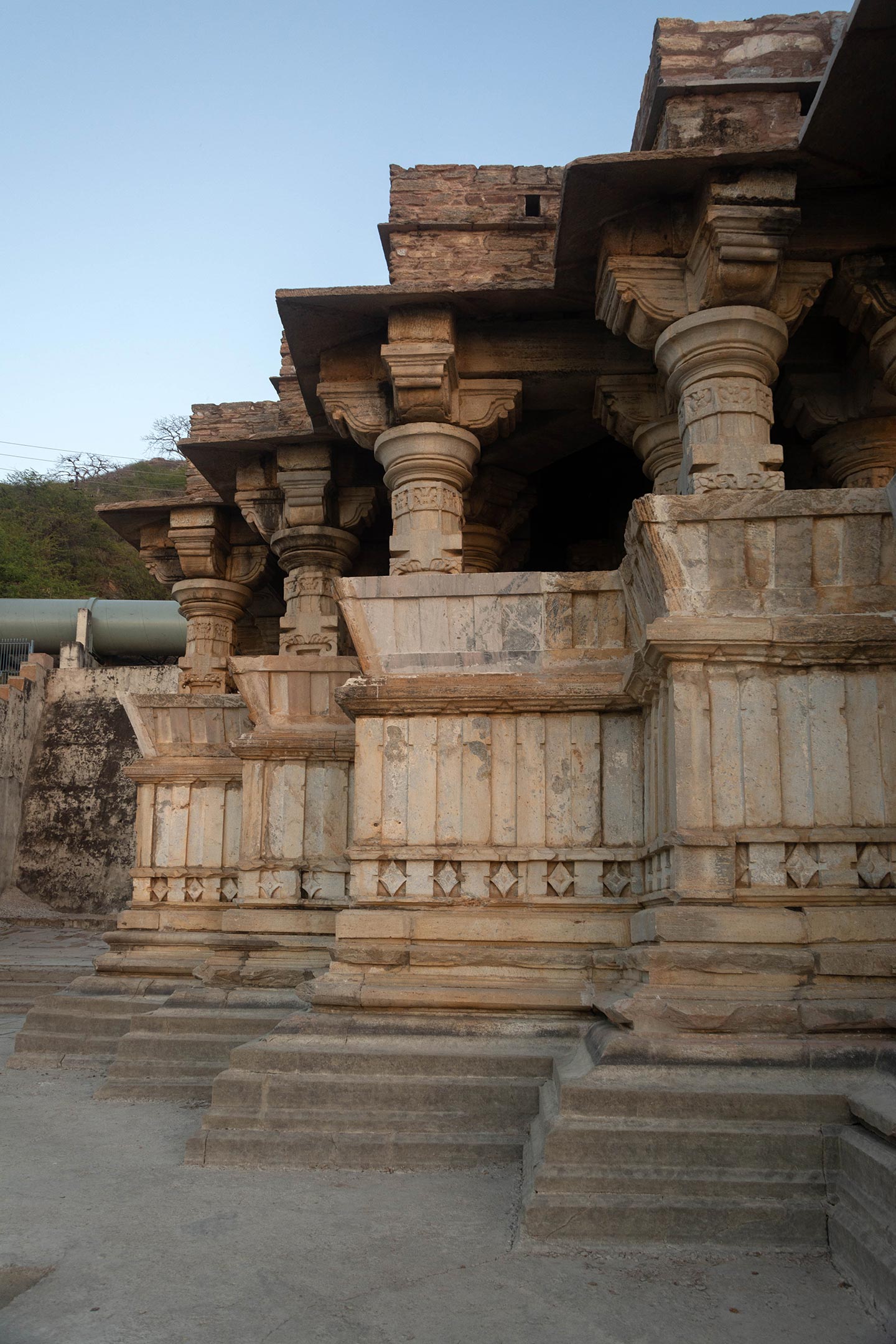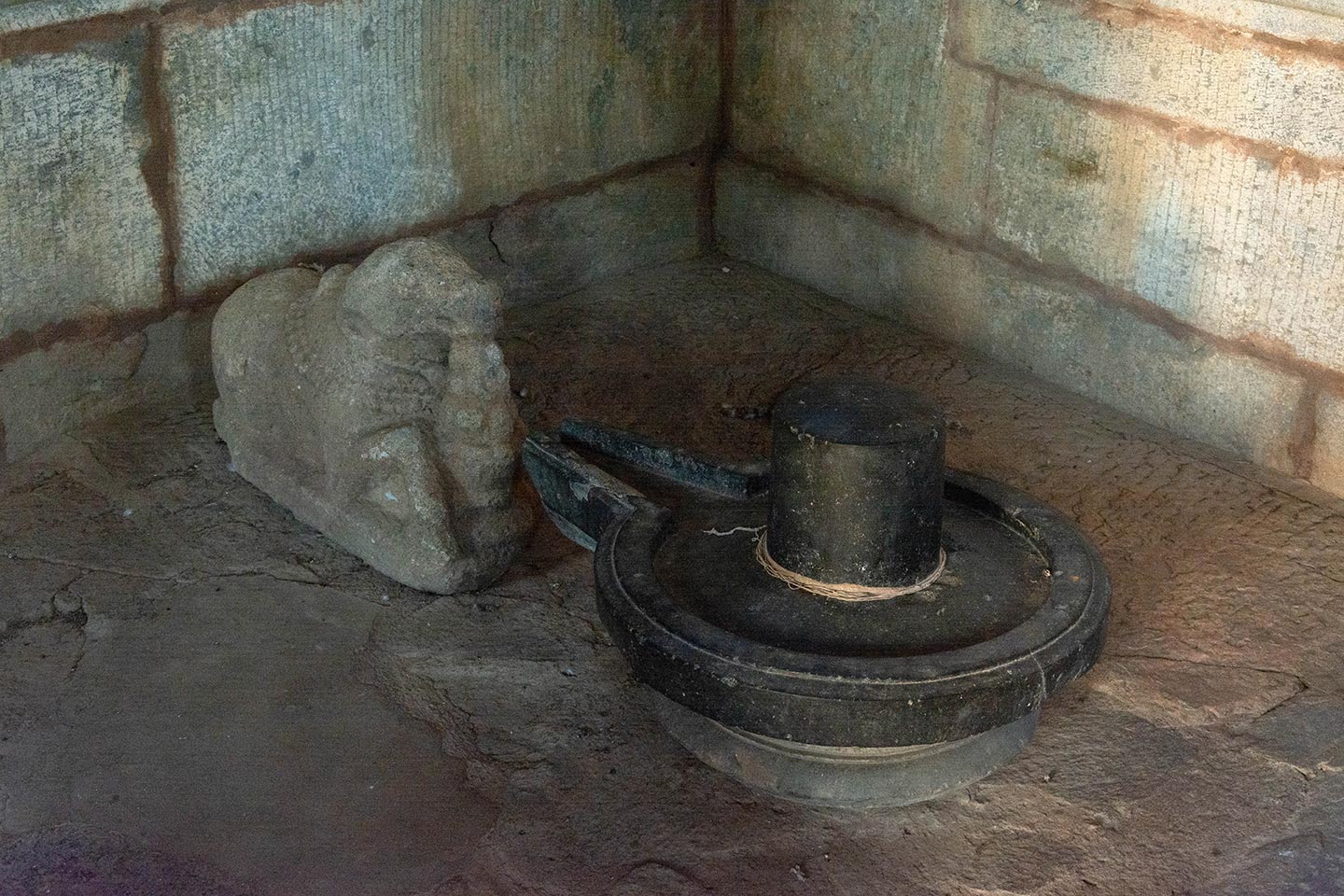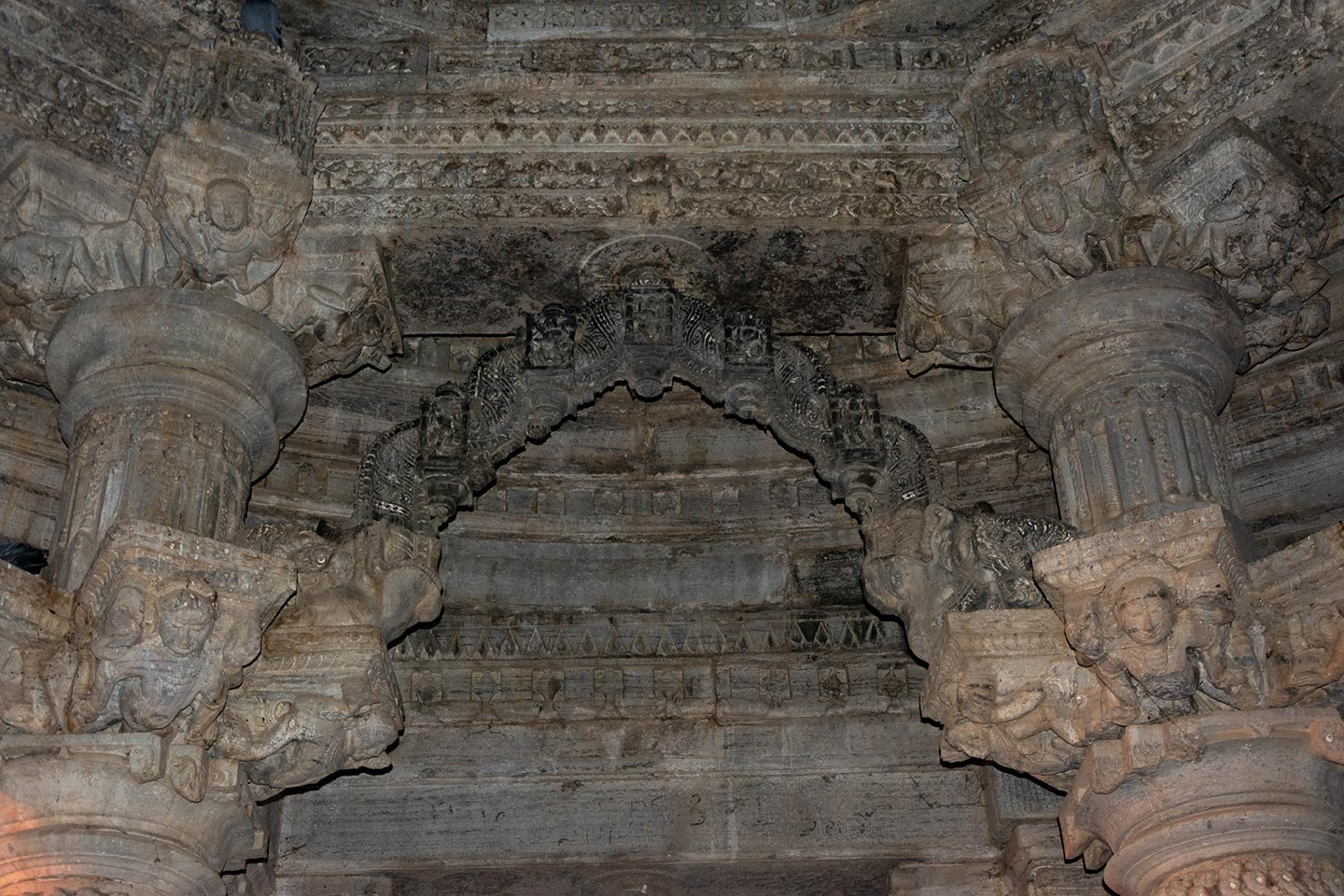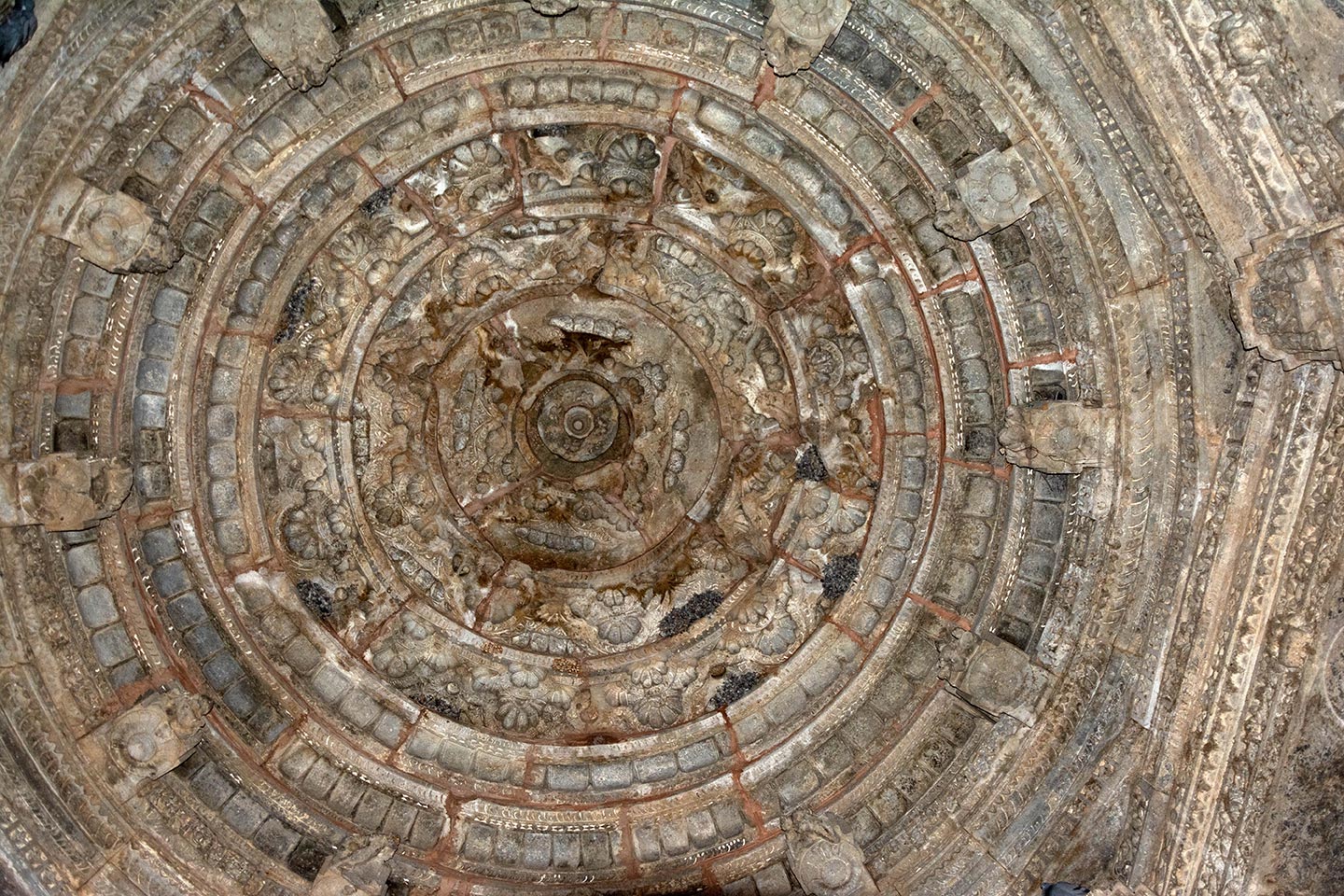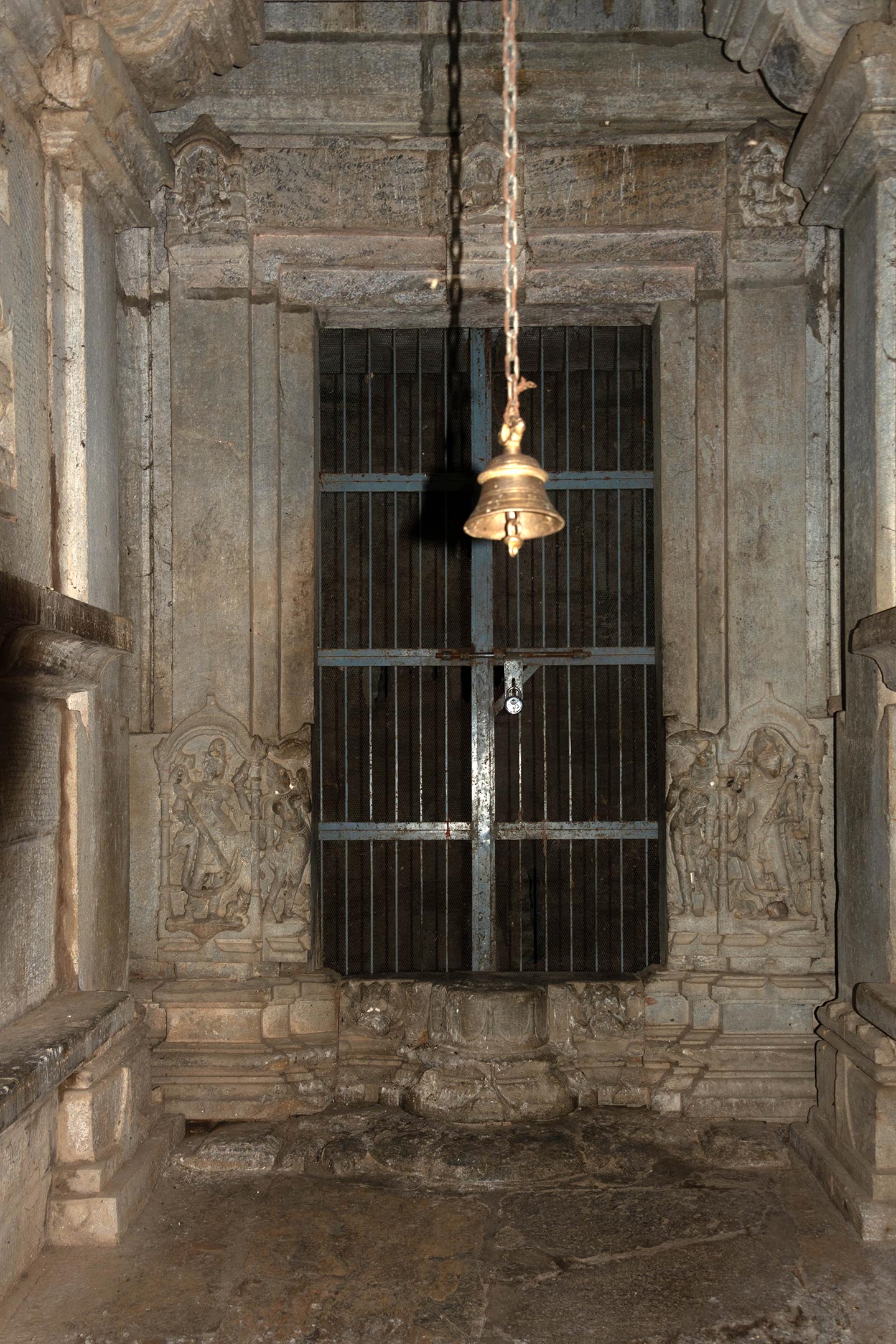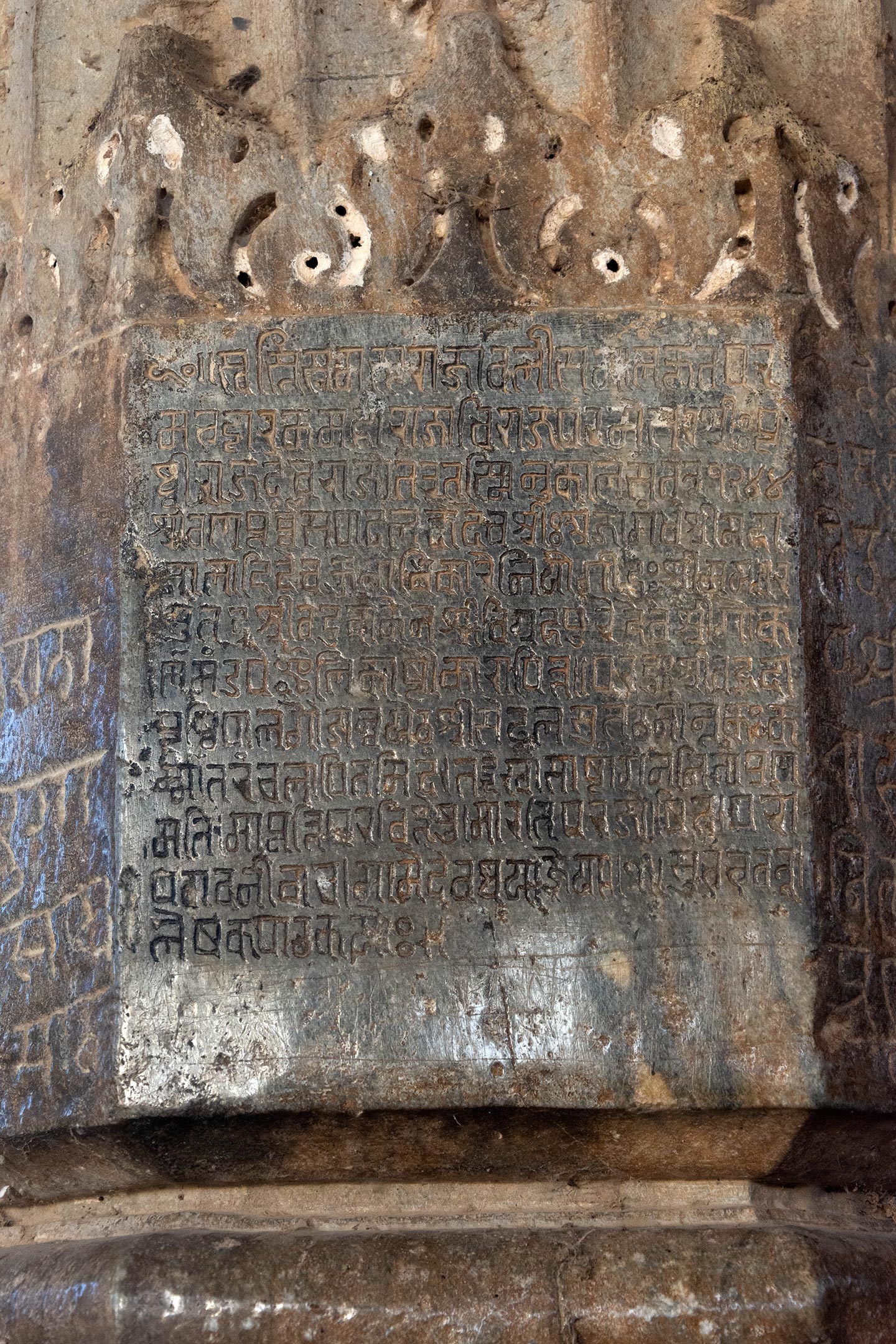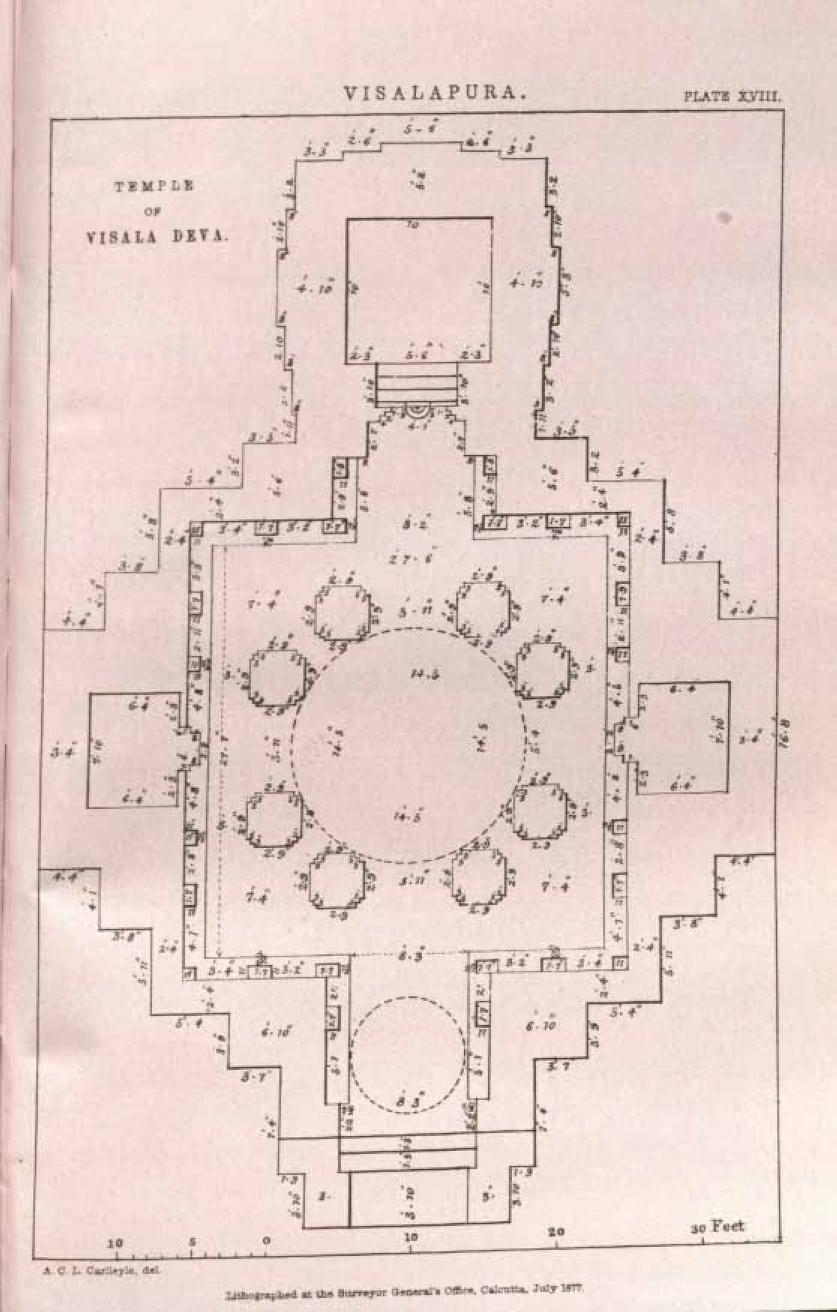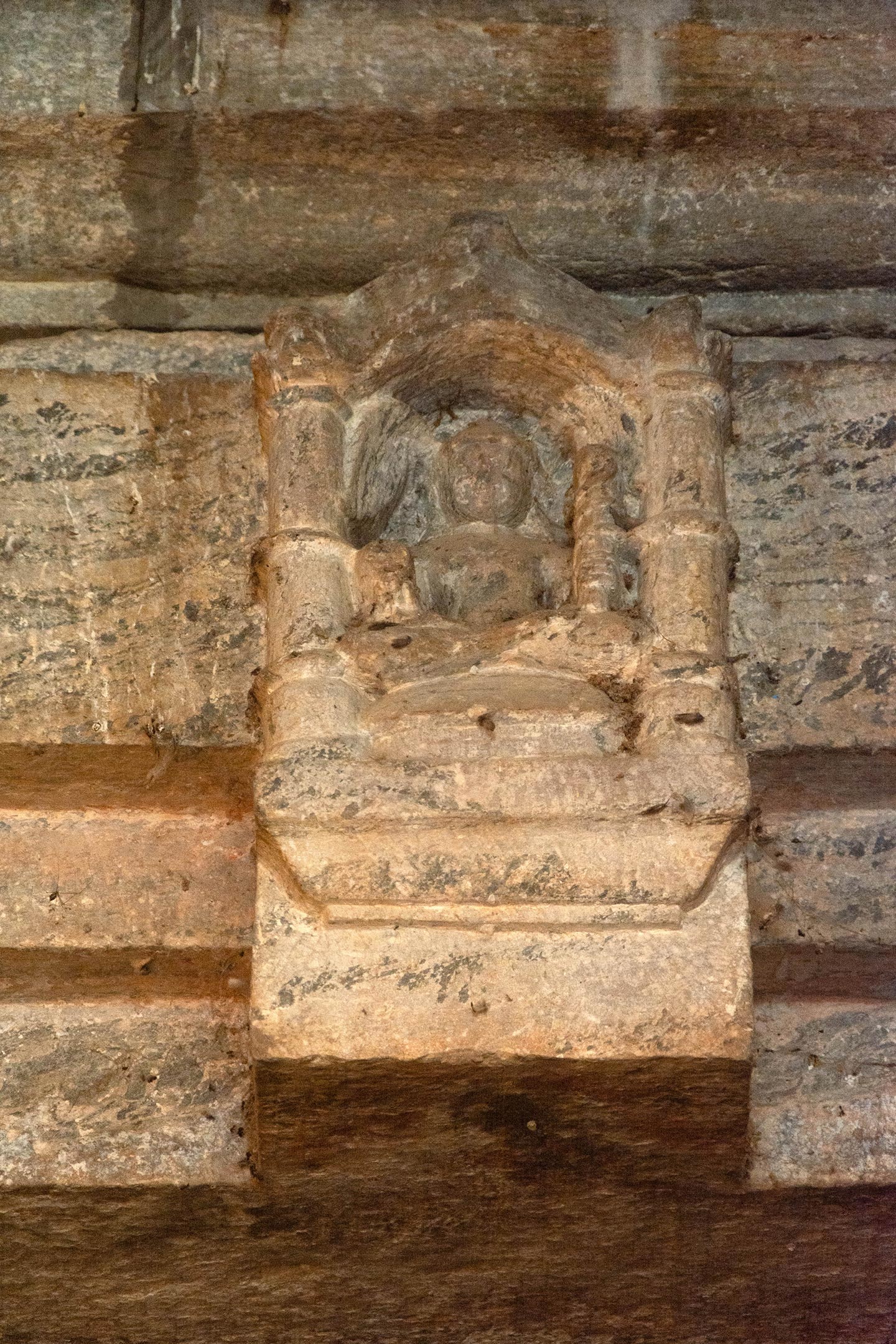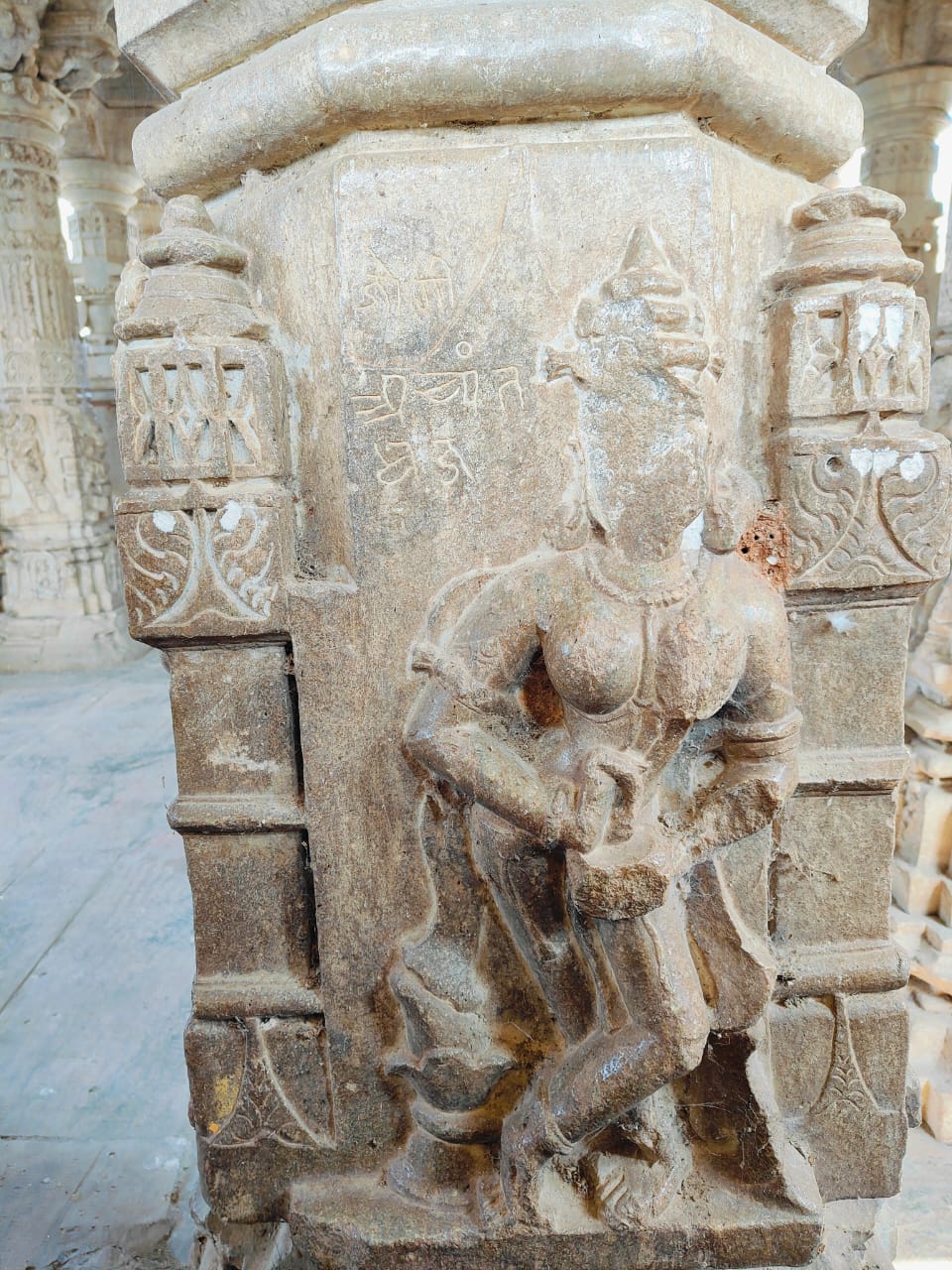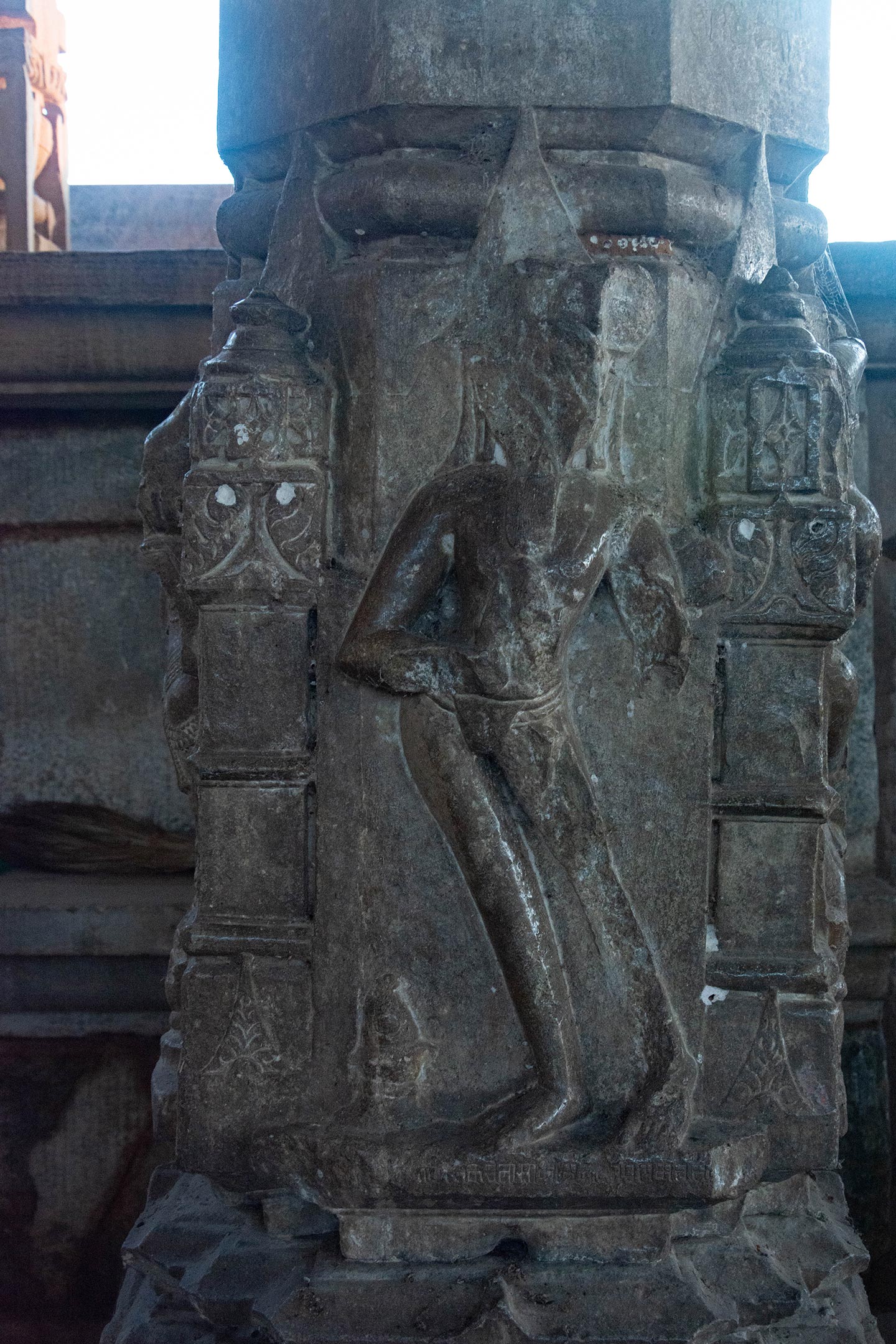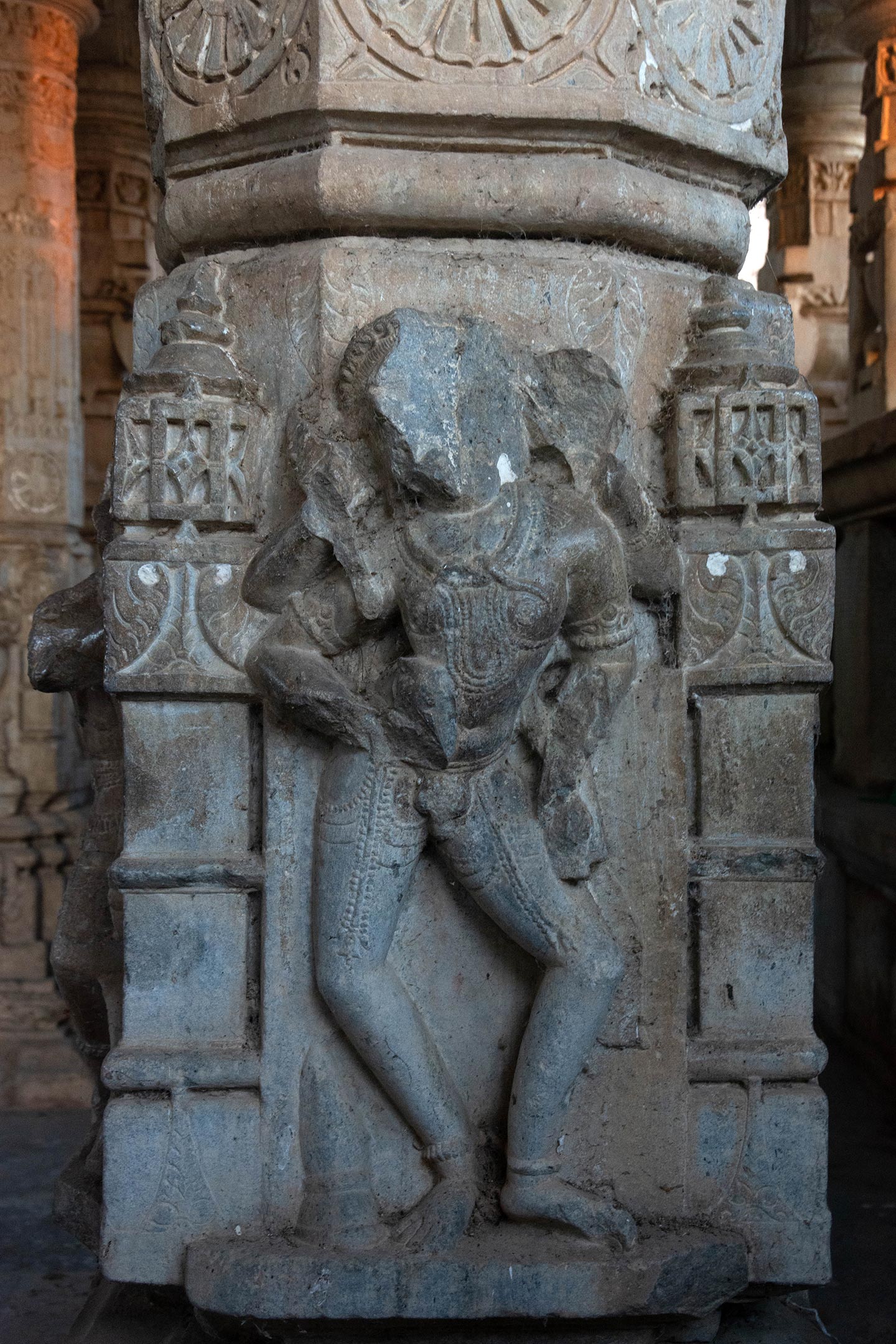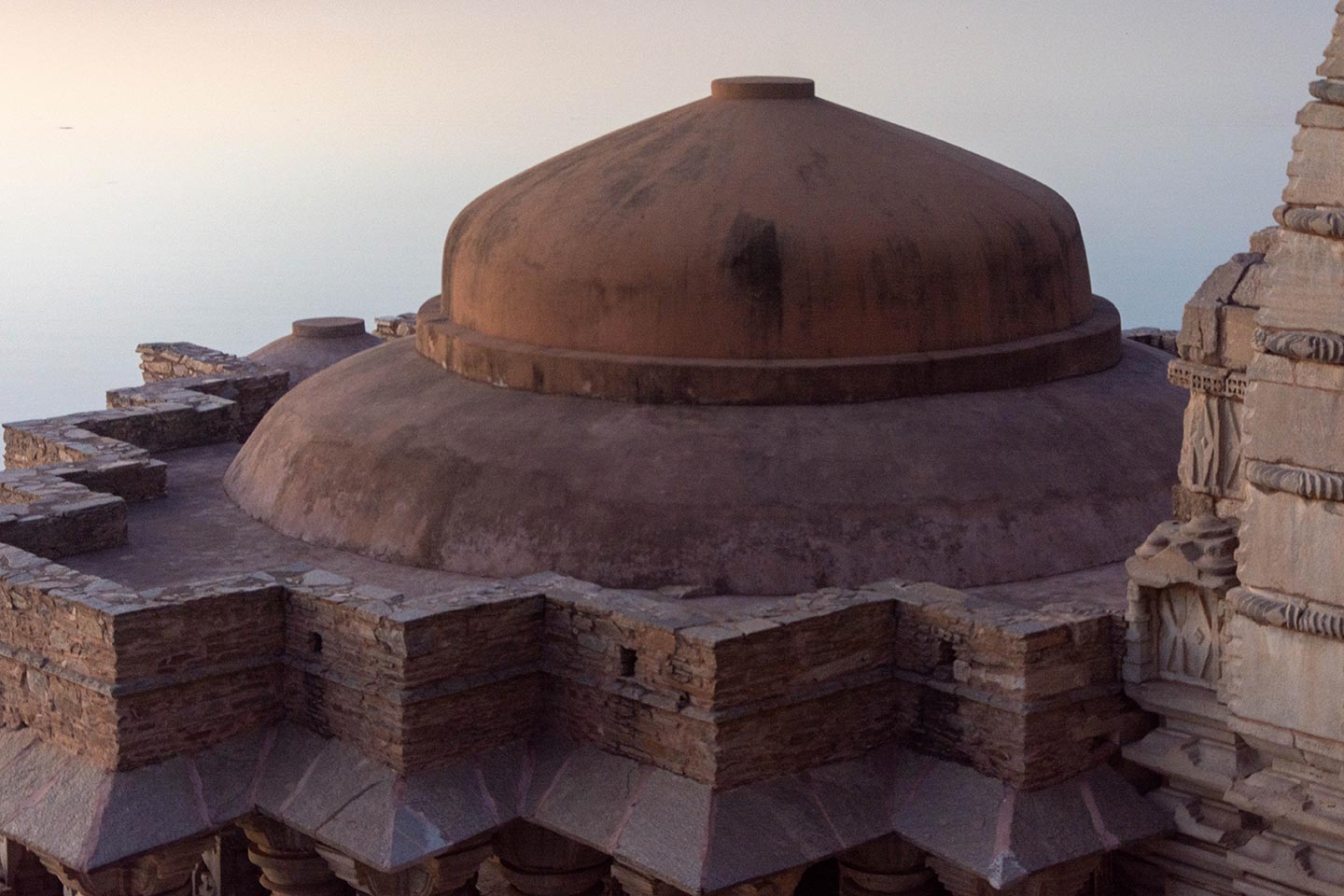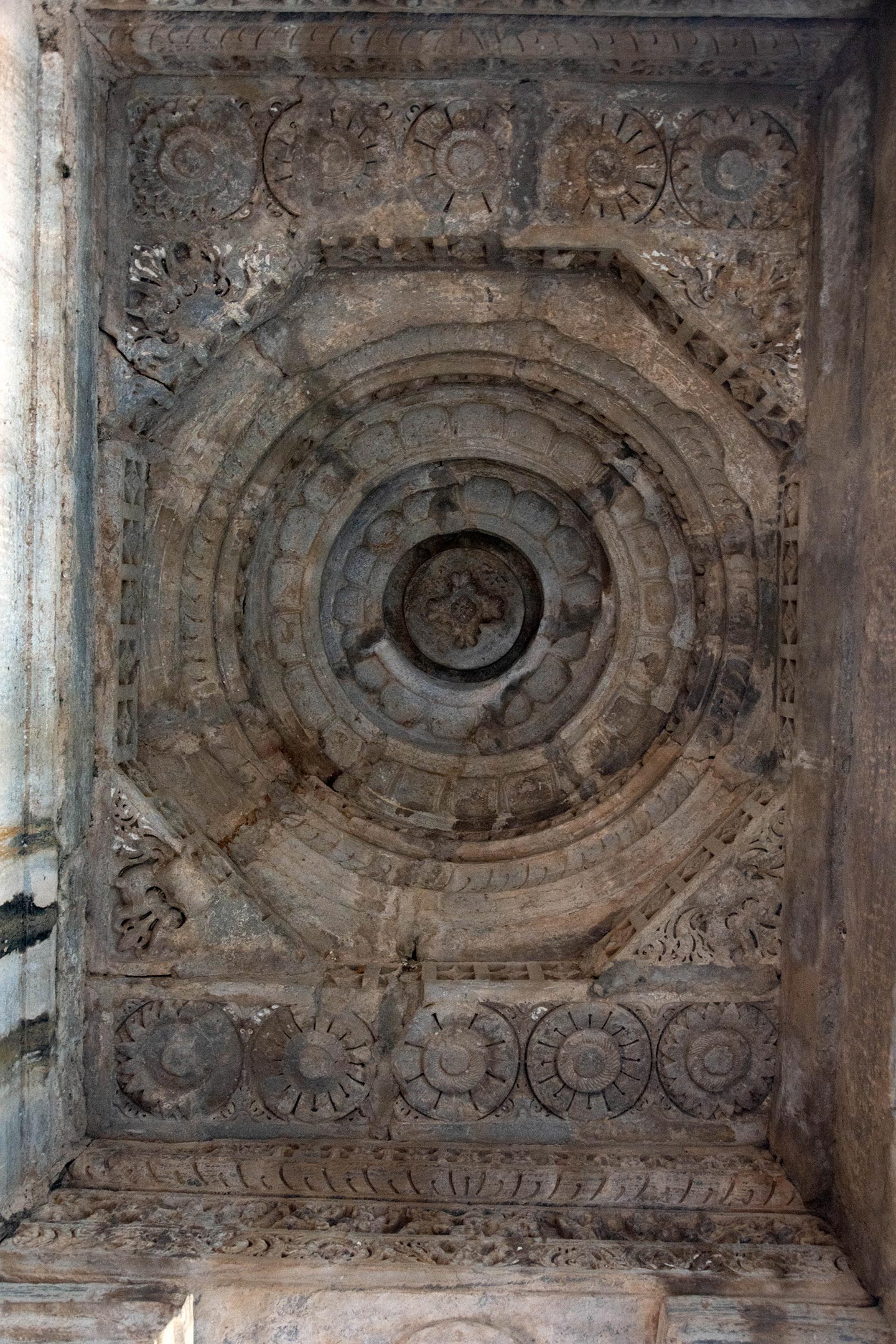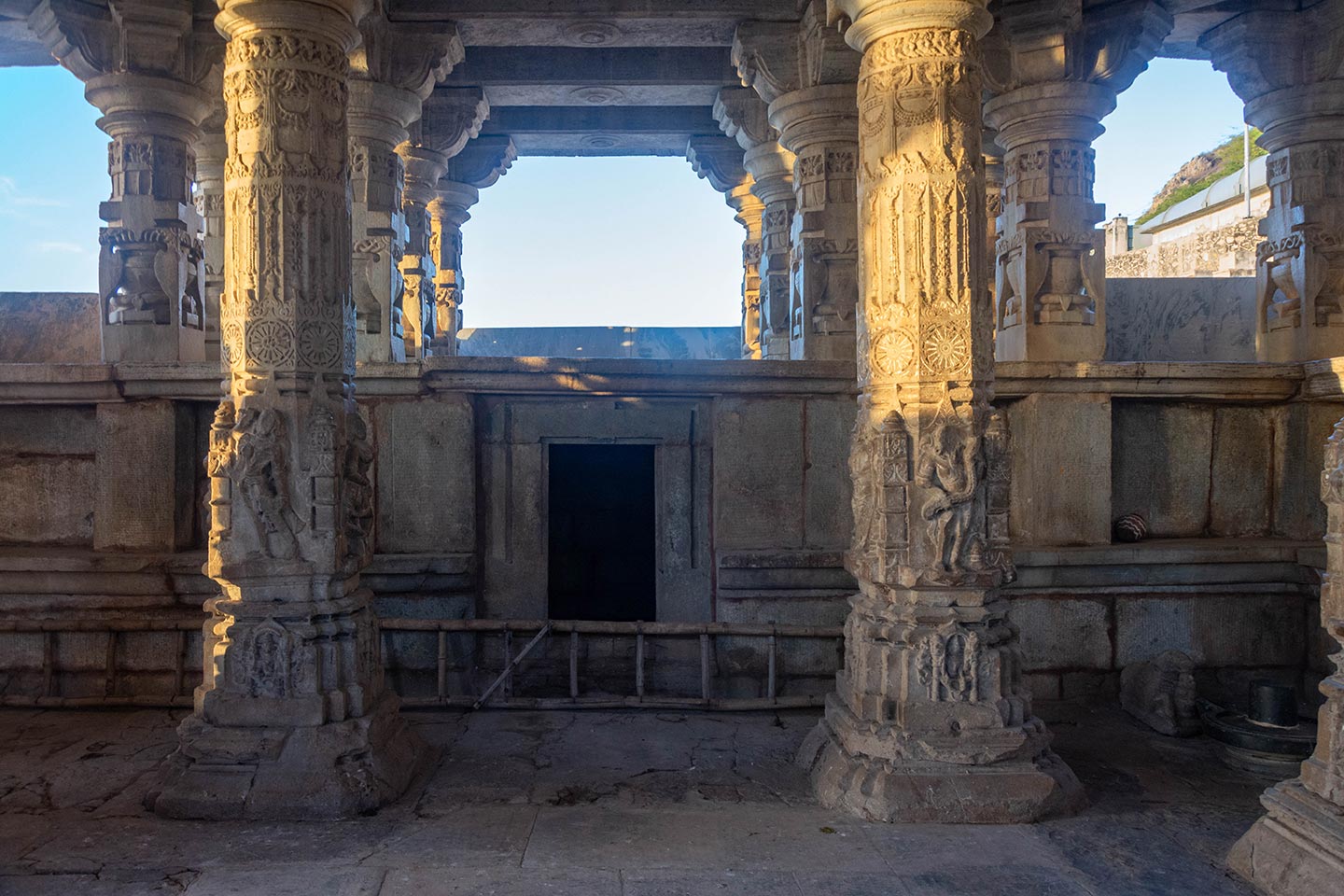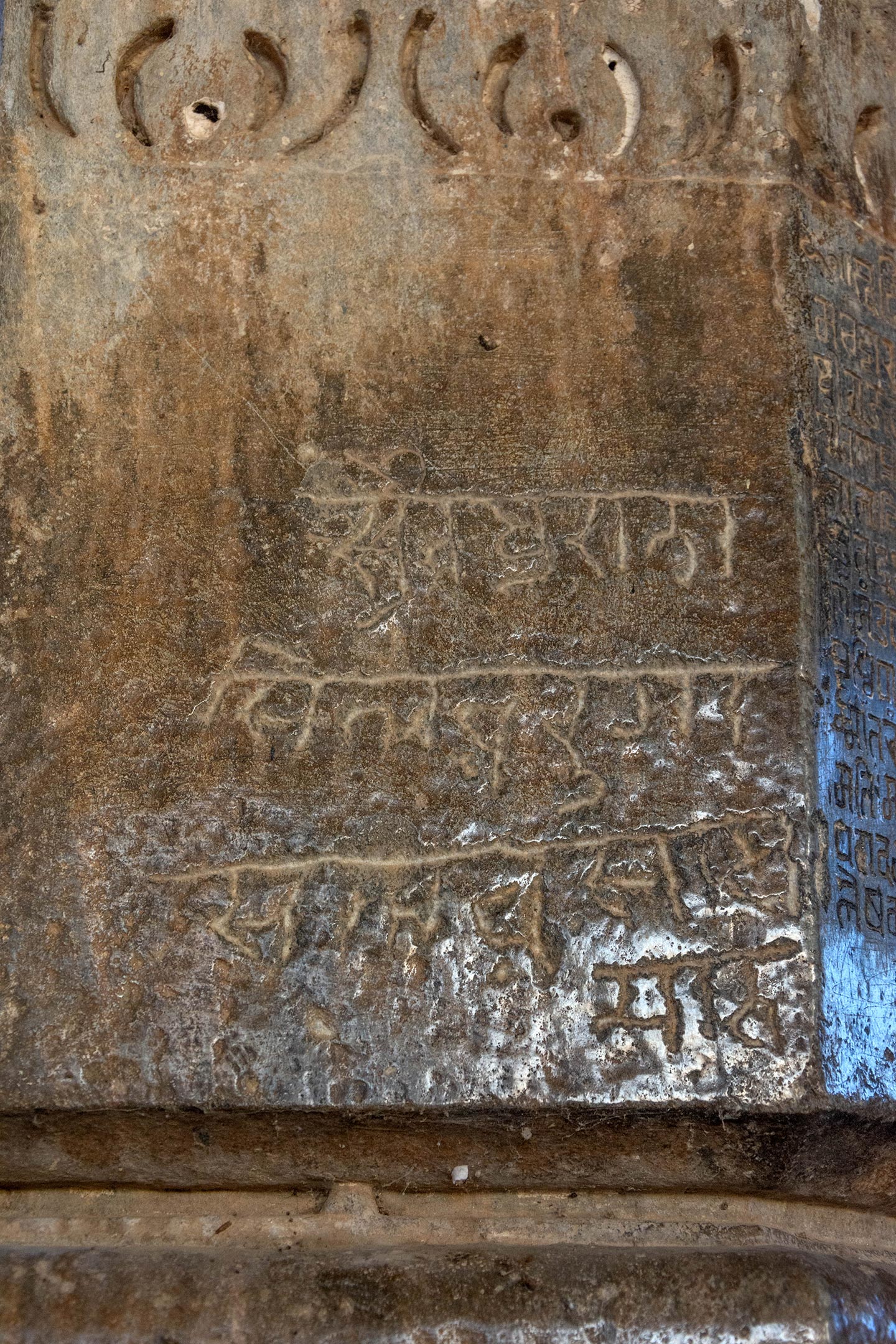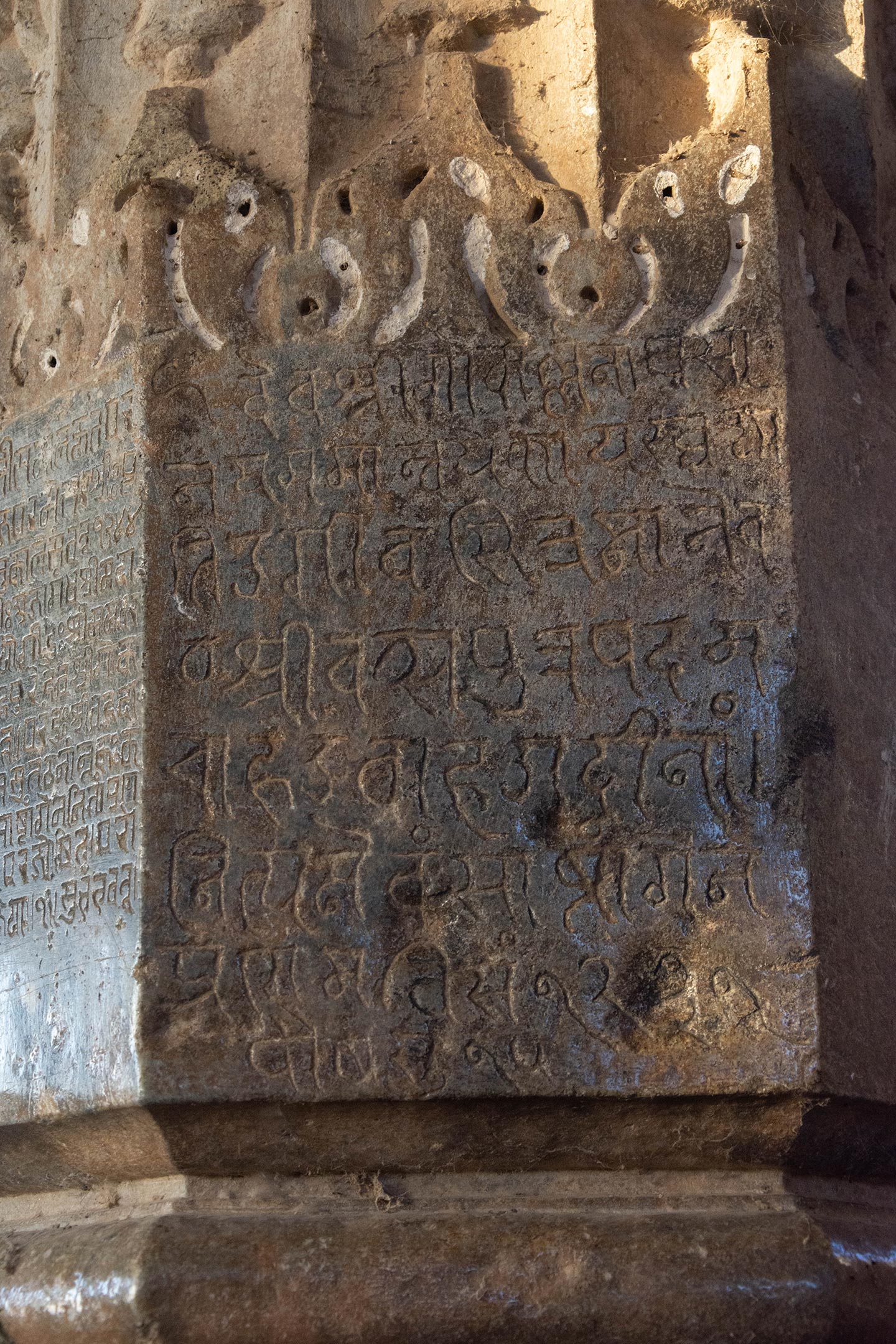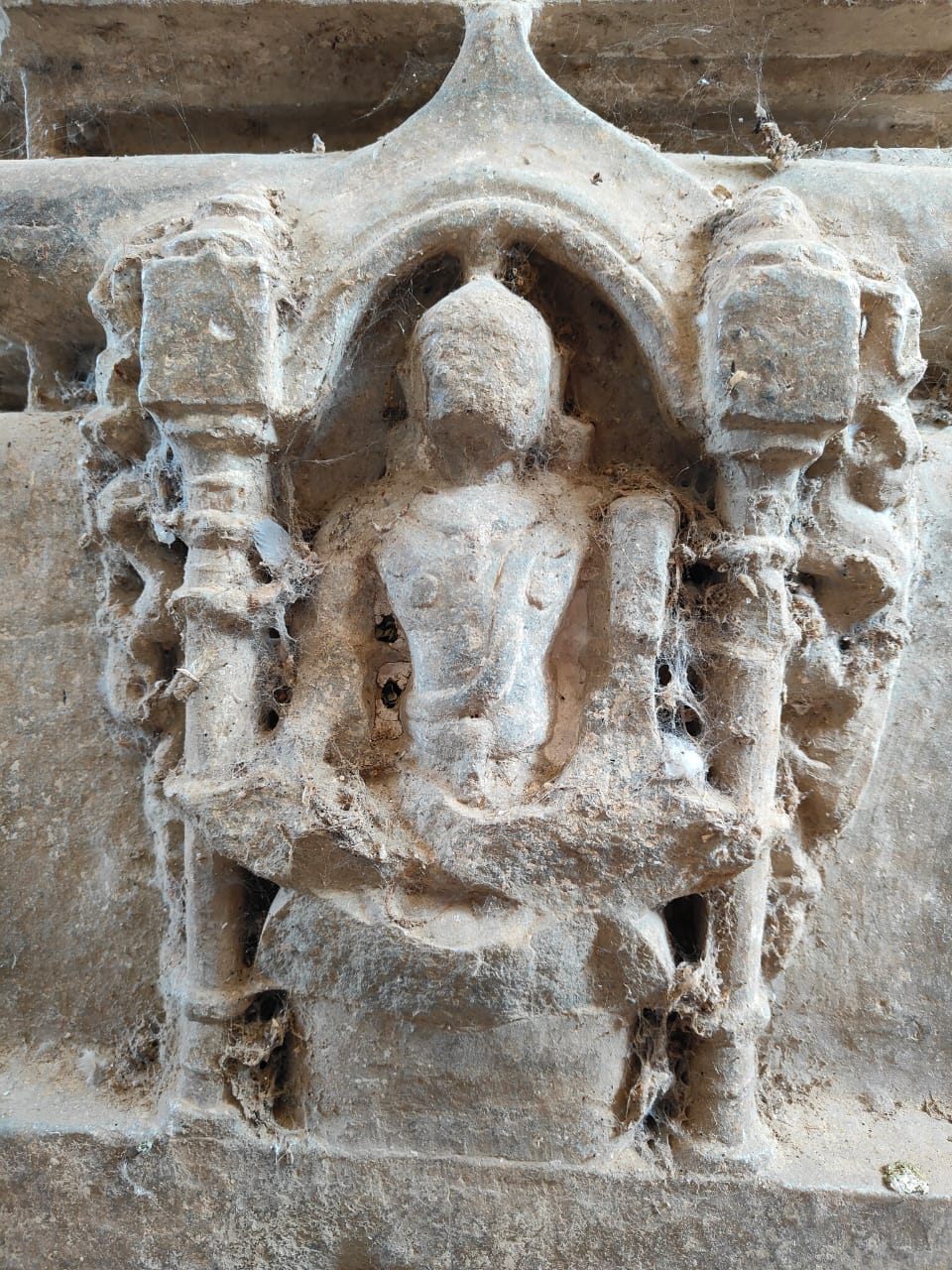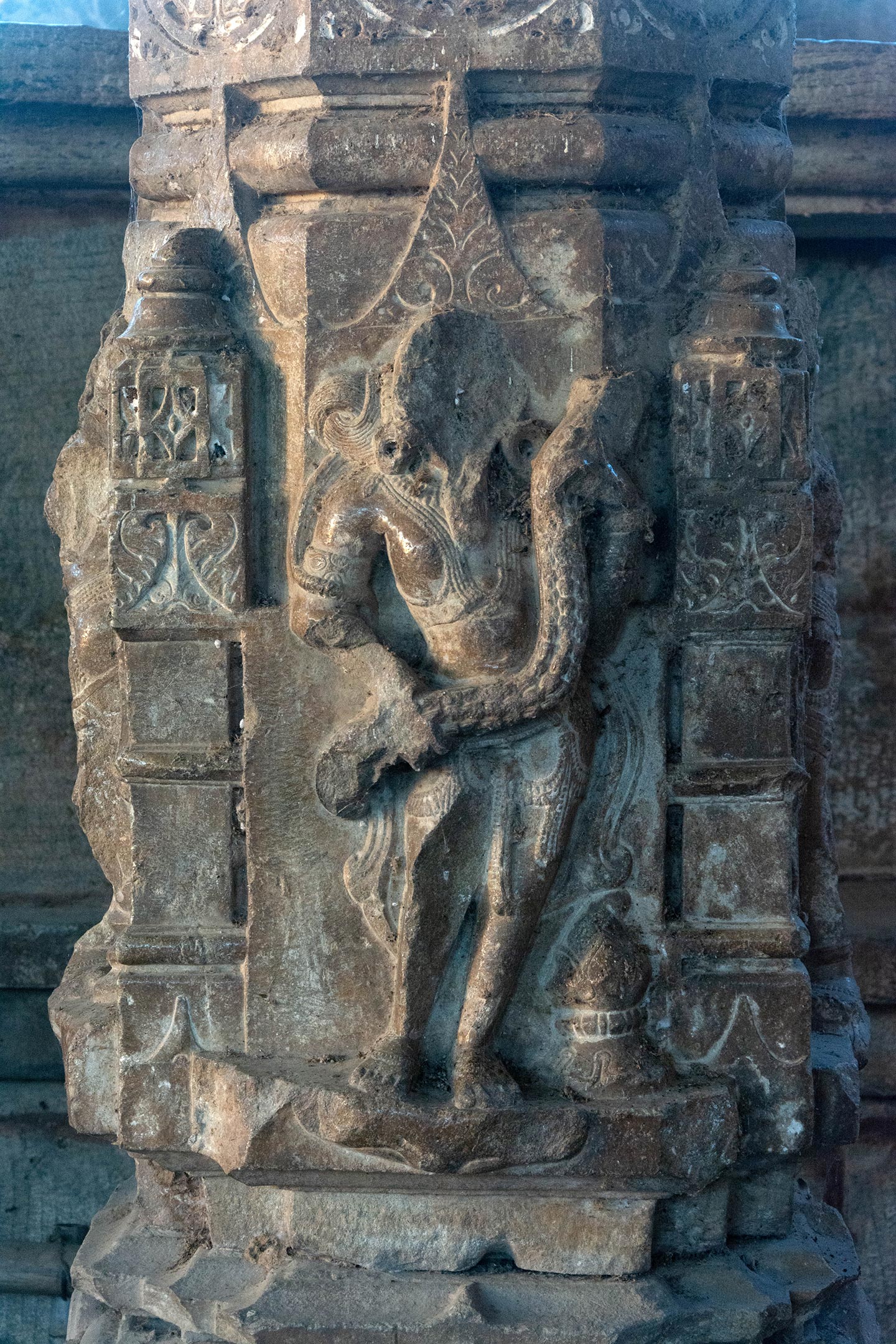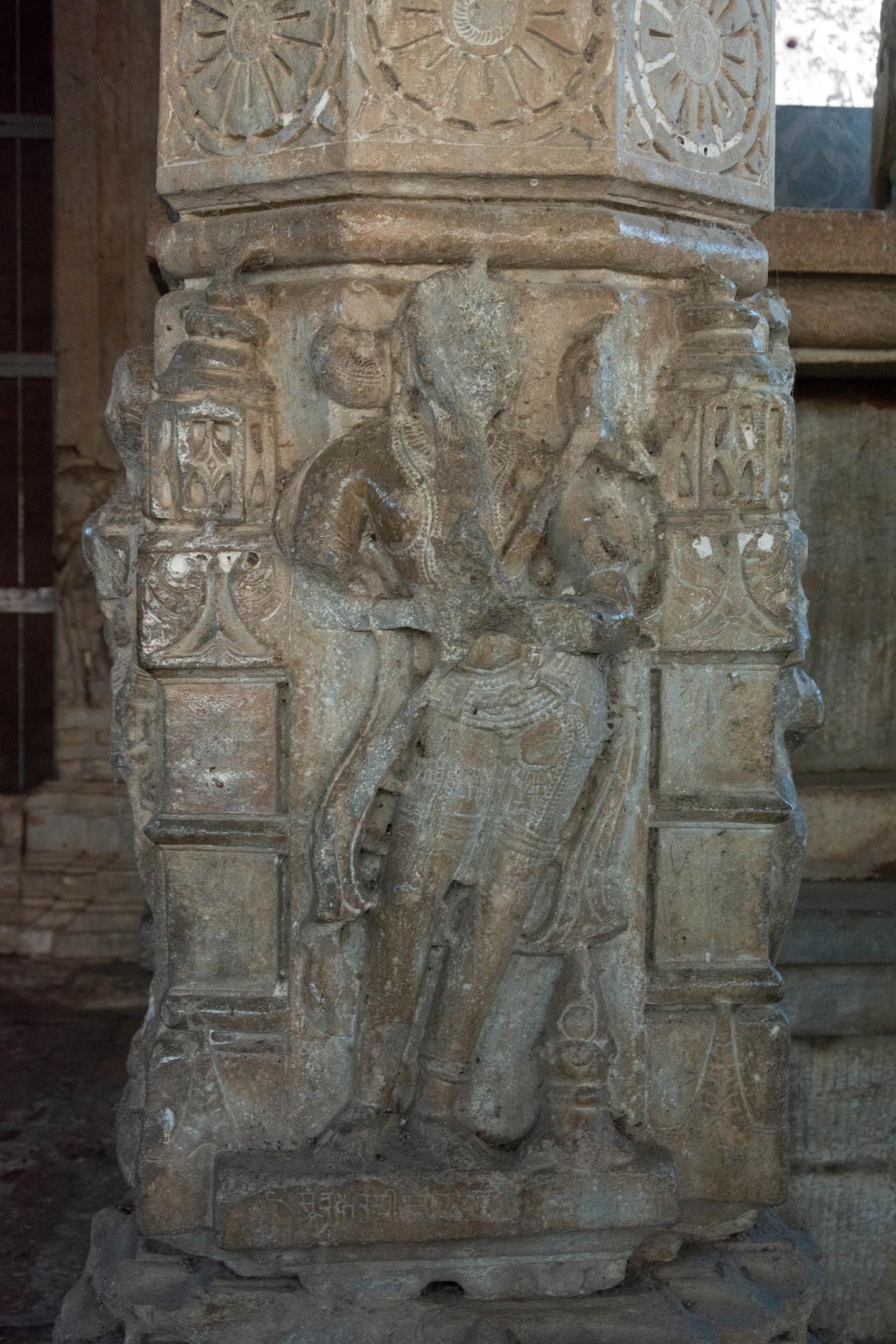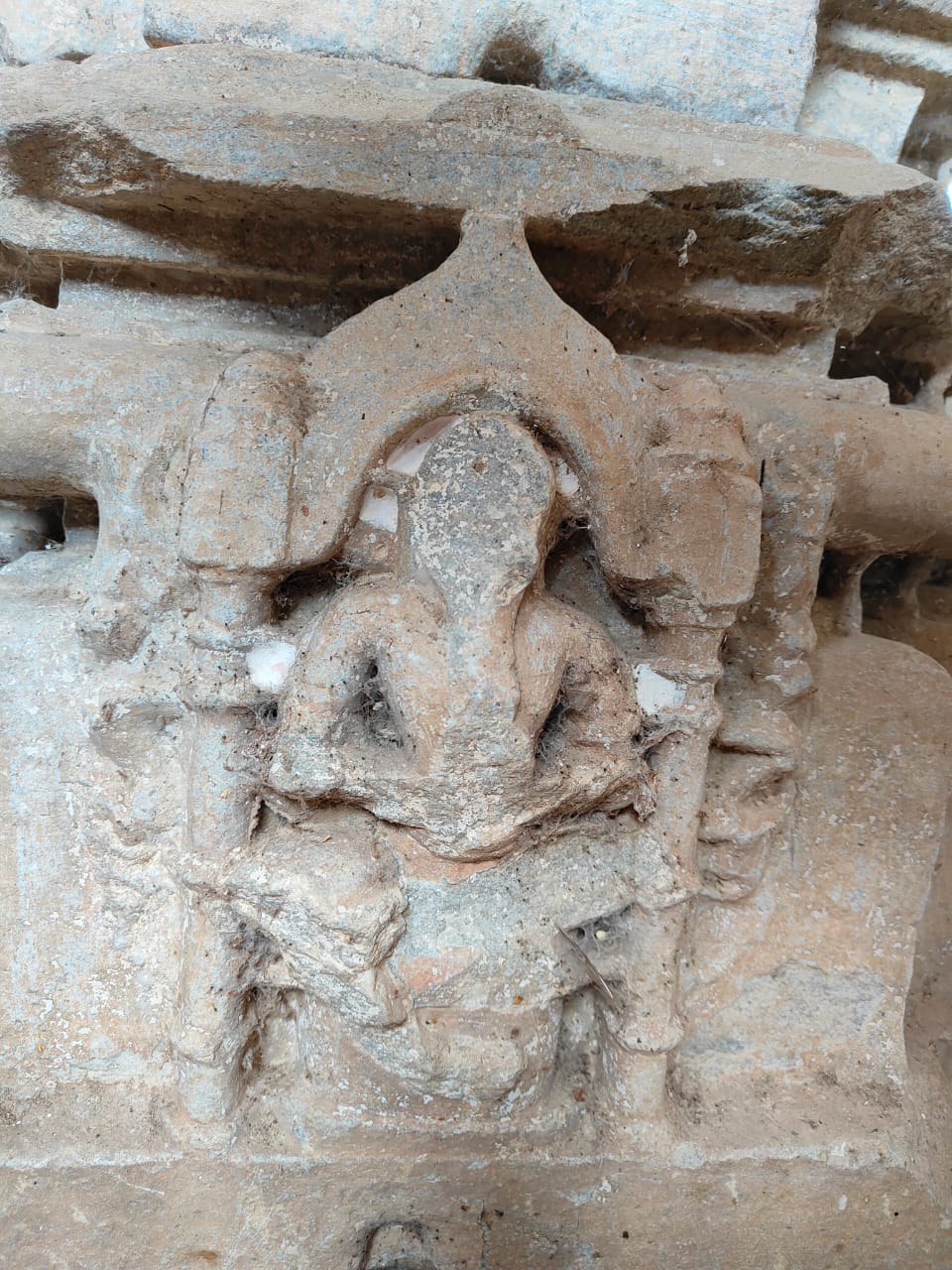Bisaldeo Temple: A visual walkthrough
By Anchit Jain
The Bisaldeo Temple, situated on the banks of the Banas river near the village of Bisalpur in the Tonk district of Rajasthan, is a remarkable historical edifice dating back to the 12th century CE. Attributed to King Vigraharaja IV or Bisaldeo of the Chauhan dynasty, its historical roots are firmly established by an inscription found within the temple's mandapa (pillared hall), dating back to 1187 CE during the reign of King Prithviraj. The historical narrative surrounding the temple draws from late medieval accounts, notably the Prithviraj Rasau, penned by the court poet of Prithviraj Chauhan, Chand Bardai. This account, although composed centuries later, provides insights into the life of King Vigraharaja IV and the temple he patronized.
The Bisaldeo Temple is intricately linked with the nearby Gokarna cave shrine, known as Gokarneshwar Mahadeva, which predates its construction. The temple’s inscriptions refer to it as the shrine of Gokarna Deva, indicating its association with the older religious site. Scholarly accounts by A.C.L. Carlleyle, an assistant of Sir Alexander Cunningham, and medieval bardic narratives shed light on the temple’s origins and its connection to the broader religious and political landscape of the Chahamana territory.
The temple’s history, intertwined with legends and historical accounts, offers a glimpse into the cultural and religious landscape of the region during the medieval period. The image gallery is a visual walkthrough of the architectural and sculptural details of the Bisaldeo Temple, as well as its inscriptions, which serve as tangible links to its storied past and the region’s religious landscape.

